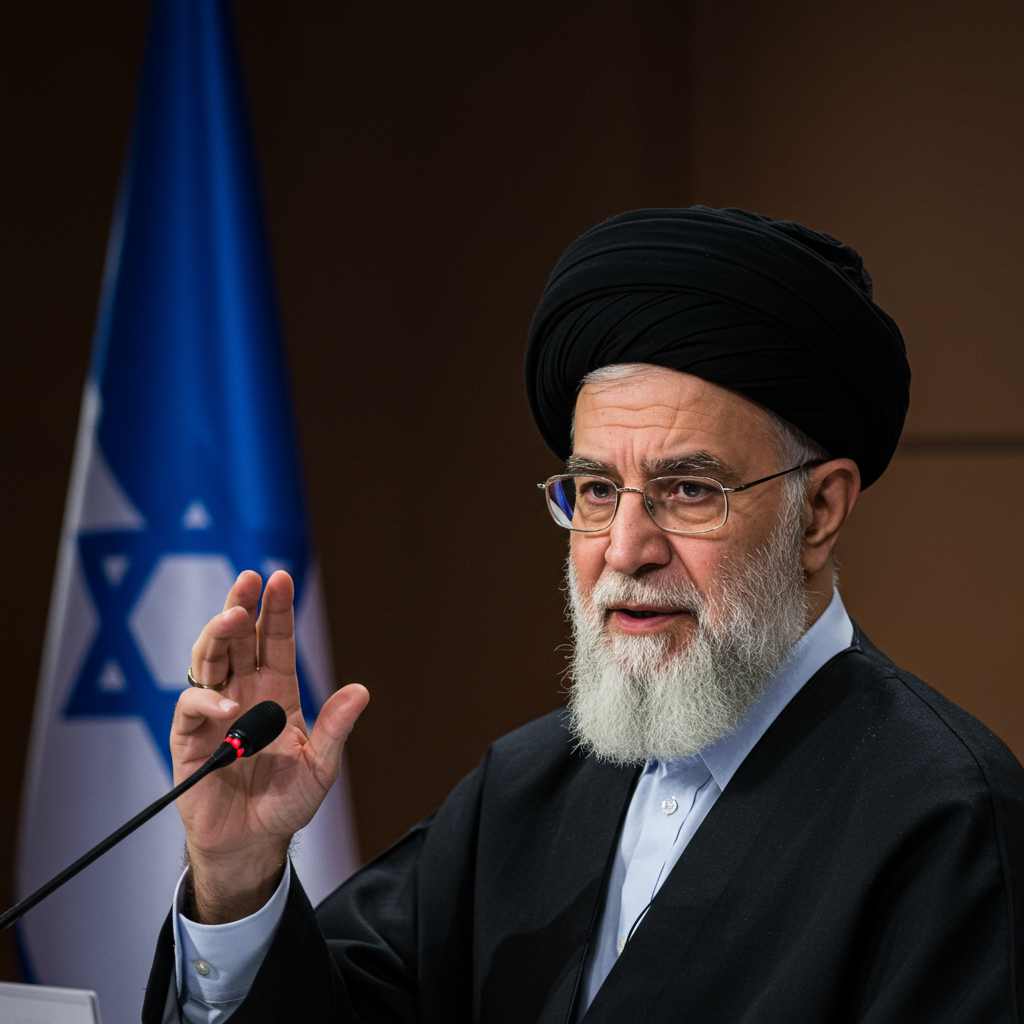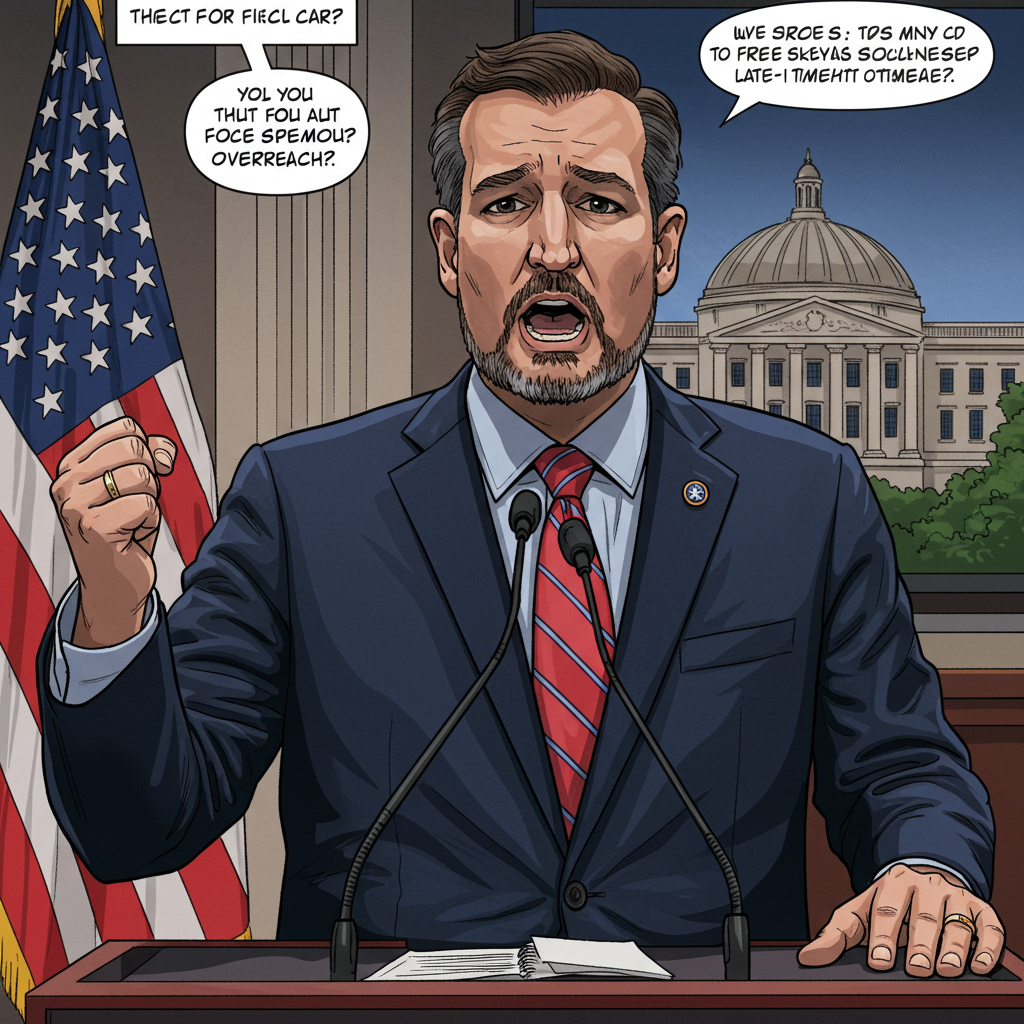WORLD
Iran held widespread state funerals Saturday following a turbulent 12-day conflict with israel. Hundreds of thousands mourned the loss of high-ranking military figures and nuclear scientists. The ceremonies in Tehran provided a poignant public display of grief and defiance. They followed a costly war that saw significant casualties on both sides and involved direct U.S. military action against Iranian nuclear sites.
Public Mourning After Intense Conflict
Downtown Tehran was the scene of vast funeral processions on June 28, 2025. Mourners packed Azadi Street and other major thoroughfares. They gathered to pay respects to those killed in the recent hostilities with Israel. State media claimed over a million people attended. While independent confirmation was difficult, aerial views showed immense crowds stretching along the nearly three-mile route. Coffins draped in the Iranian flag were carried on trucks. Portraits of uniformed commanders adorned some caskets. The atmosphere blended deep sorrow with palpable anger. Chants of “Death to America” and “Death to Israel” echoed through the streets. This public outpouring underscored the profound impact of the conflict on the nation. Authorities reportedly encouraged attendance. Free transport was offered, and government offices closed for the day.
Honoring Fallen Leaders
Among those most prominently mourned were figures central to Iran’s military and strategic programs. General Hossein Salami, head of the Revolutionary Guard, was honored. So was General Amir Ali Hajizadeh, who led the Guard’s ballistic missile program. Both were reportedly killed on June 13, the first day Israel launched its air war. Major General Mohammad Bagheri, the armed forces chief of staff, was also killed early in the conflict. He was slated for burial in Tehran’s Behesht-e-Zahra cemetery. His brother, a commander killed in the Iran-Iraq war, was buried there previously.
The funerals also honored nuclear scientists. Among them was Mohammad Mehdi Tehranchi, head of Azad University. The Iranian judiciary confirmed the death of Ali Ghanaatkar. He was the top prosecutor at Evin prison. Ghanaatkar was reportedly killed in an Israeli strike on June 23. His prosecution of dissidents drew strong criticism from human rights groups. He was to be buried in Qom. The Tehran ceremonies reportedly covered a total of 60 individuals. This figure included four women and four children, highlighting the civilian toll. Many others were expected to be buried in their hometowns across the country.
Official Presence and Supreme Leader’s Absence
Several senior Iranian officials attended the funerals in Tehran. Foreign Minister Abbas Araghchi was present. General Esmail Qaani, who leads the Quds Force, the foreign operations wing of the Revolutionary Guard, also attended. Rear Admiral Ali Shamkhani, an adviser to Supreme Leader Ayatollah Ali Khamenei, was there. Shamkhani had reportedly been wounded in the initial Israeli attacks. He was shown leaning on a cane in an image distributed by state television. President Masoud Pezeshkian and Khamenei’s son, Mojtaba, were also reported attendees.
Notably absent from the public state broadcast was Supreme Leader Ayatollah Ali Khamenei himself. Khamenei had not made a public appearance since June 11, before the war erupted. His usual practice involves holding private prayers over the caskets of senior commanders before the larger public ceremonies begin.
The Recent Conflict and Its Toll
The 12-day conflict between Iran and Israel was intense. It began on June 13. Israel stated its goal was to dismantle Iran’s nuclear program. Israeli strikes targeted military commanders, scientists, and nuclear facilities. Iran responded by launching hundreds of ballistic missiles at Israel. Most were intercepted, but some caused damage and casualties. The United States became directly involved on June 22. US forces conducted strikes on three Iranian nuclear sites. The war concluded with a ceasefire declared on June 24.
Casualties and Conflicting Claims
The human cost of the conflict was significant. Israel claimed it killed around 30 Iranian commanders and 11 nuclear scientists. They also reported hitting eight nuclear-related facilities and over 720 military sites. Iran fired more than 550 ballistic missiles at Israel. These attacks resulted in 28 deaths in Israel. On the Iranian side, the Human Rights Activists group reported over 1,000 total deaths, including at least 417 civilians. Iranian health ministry figures released before the ceasefire put the death toll at 610 in Iran. The activist news agency HRANA reported a higher figure of 974 killed in Iran, including 387 civilians.
Both sides claimed victory after the ceasefire. Supreme Leader Khamenei downplayed the U.S. strikes. He stated they achieved “nothing significant.” He claimed victory over Israel. Conversely, Israel described delivering a “major blow” to Iran’s nuclear efforts. The Revolutionary Guards insisted Israel and the U.S. failed to achieve their objectives.
The Nuclear Standoff and Diplomatic Aftermath
Iran consistently maintains its nuclear program is peaceful. However, Israel views it as an existential threat. The International Atomic Energy Agency (IAEA) head, Rafael Grossi, offered a contrasting assessment to Khamenei’s claims. He characterized the damage from American bunker-buster bombs at Iran’s Fordo nuclear site as “very, very, very considerable.” Fordo is built into a mountain. Grossi noted the full extent of damage and movement of nuclear materials remained unclear. He also suggested diplomacy, not military force, was key to resolving concerns about Iran’s nuclear capabilities.
The post-ceasefire period saw a war of words. US President Donald Trump made pointed remarks. He stated he would consider bombing Iran again if nuclear activities warranted it. Trump challenged Khamenei’s victory claim. He also claimed to know Khamenei’s location and prevented targeting him. Trump also suggested he had stopped potential sanction relief talks due to Khamenei’s defiant remarks. Iranian Foreign Minister Araghchi called Trump’s tone “disrespectful.” He later acknowledged “excessive and serious” damage was done to nuclear sites. Araghchi posted online that the Iranian people showed resolve and did not tolerate threats.
The Revolutionary Guard plays a key role in Iran. Established after the 1979 revolution, it evolved into a powerful transnational force. It supports Tehran’s allies across the Middle East. The Guard operates parallel to the regular military. It controls Iran’s ballistic missile arsenal. This arsenal was used against Israel twice during the conflict and previously during the Israel-Hamas war.
The state funerals serve as a stark reminder of the conflict’s human cost. They also project an image of national unity and steadfastness in the face of external threats. While a ceasefire is in place, tensions remain high. The exchange of rhetoric post-conflict suggests the underlying animosity persists. Tehran residents reportedly remained shaken despite a return to daily life.
Frequently Asked Questions
What prompted the state funerals in Iran?
The state funerals were held to honor Iranian military commanders, nuclear scientists, and civilians killed during a 12-day conflict with Israel in June 2025. The conflict involved Israeli air strikes targeting military and nuclear sites, as well as Iranian missile retaliation.
Who were the high-ranking officials honored at the Tehran funerals?
Prominent figures honored included General Hossein Salami, head of the Revolutionary Guard, and General Amir Ali Hajizadeh, head of the Guard’s ballistic missile program, both killed early in the conflict. Army chief of staff Major General Mohammad Bagheri was also among those mourned. Nuclear scientists were honored alongside military personnel.
What were the reported outcomes and casualties of the recent Iran-Israel conflict?
Both sides sustained significant casualties. Israel claimed killing about 30 Iranian commanders and 11 nuclear scientists and hitting hundreds of sites. Iran fired over 550 missiles at Israel, resulting in 28 deaths there. Various reports put the total death toll in Iran over 600, including hundreds of civilians. Both Israel and Iran claimed victory after the ceasefire.
Conclusion
The state funerals held in Tehran marked a somber moment for Iran following a brutal 12-day conflict with Israel. The large-scale ceremonies honored military leaders, nuclear scientists, and civilians lost to Israeli strikes. They served as a powerful public expression of national grief and resilience. While a ceasefire paused the fighting, the political tensions and rhetoric from both sides, coupled with varying assessments of the conflict’s impact, suggest the underlying animosity and strategic competition remain significant challenges in the region.




